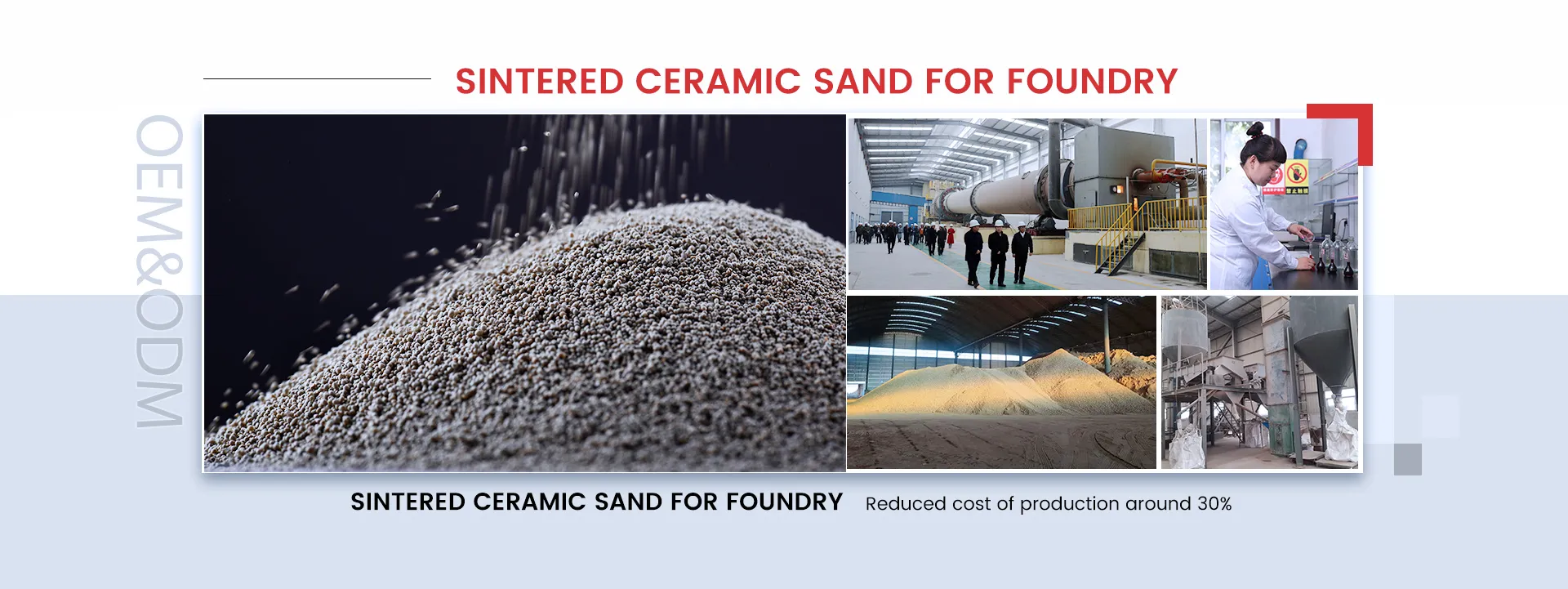The Advantages of Sand Casting
Sand casting, also known as sand mold casting, is one of the oldest and most widely used metal casting techniques. It involves creating a mold from a mixture of sand and a bonding agent, such as clay, to produce metal parts with complex shapes and sizes. Despite the rise of more advanced casting methods, sand casting retains its popularity due to a multitude of advantages that cater to various industrial needs.
One of the primary benefits of sand casting is its versatility in producing a wide range of sizes and complexities. Whether a small intricate part or a large industrial component is required, sand casting can accommodate the design. This flexibility allows manufacturers to create prototypes and one-off designs efficiently, making it ideal for a diverse range of applications, from automotive to aerospace industries.
The Advantages of Sand Casting
Sand casting also offers excellent dimensional accuracy and surface finish. The molds can be designed to capture intricate details, allowing for the production of components with fine features. Although the surface finish may not be as smooth as that achieved through some modern casting techniques, investments in post-casting processing, such as machining, can significantly enhance the final product's quality. As a result, customers often find sand casting satisfactory for a variety of applications.
sand casting advantages

Another noteworthy advantage is the ability to cast complex geometries. Sand molds can easily accommodate complex shapes, allowing designers great freedom in their design processes. This capability is particularly beneficial in industries where intricate parts are crucial for functionality, such as in machinery, automotive components, and even artistic sculptures. The use of sand casting also helps to minimize material waste, as parts can be precisely designed to fit their intended functions without excessive superfluous material.
Production flexibility is another major benefit of sand casting. As it is ideal for low to medium volume runs, manufacturers can fulfill custom orders or varied production requirements without significant setup changes. This adaptability allows for quick responses to market demands, a crucial factor in today's fast-paced manufacturing environment. Moreover, the simplicity of the sand casting process means that it can be performed with minimal specialized equipment, making it accessible to small shops and large factories alike.
Moreover, sand casting has a favorable turnaround time. The process allows for relatively quick mold creation and metal pouring, leading to efficient production timelines. Especially for prototyping, where rapid iteration is essential, this speed helps designers get their products to market faster.
Environmental considerations also make sand casting an attractive option. Modern sand casting techniques increasingly employ environmentally friendly practices, such as using synthetic sands that reduce the amount of waste produced during the process. The reusability of sand means that manufacturers can adopt more sustainable practices, reducing their overall environmental footprint.
In conclusion, sand casting is a time-honored process that continues to thrive due to its many advantages. Its versatility, cost-effectiveness, ability to produce complex geometries, and production flexibility make it a favored choice across several industries. As manufacturers strive to meet diverse market needs while keeping costs low, sand casting remains an invaluable method in the world of metalworking, demonstrating that traditional techniques can stand the test of time while adapting to modern requirements. Whether for prototyping, custom parts, or small to medium production runs, sand casting provides unmatched benefits that are hard to overlook.
Post time:Nov . 15, 2024 03:42
Next:फुन्डेरी रेती परीक्षण गर्नुहोस् ।
